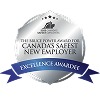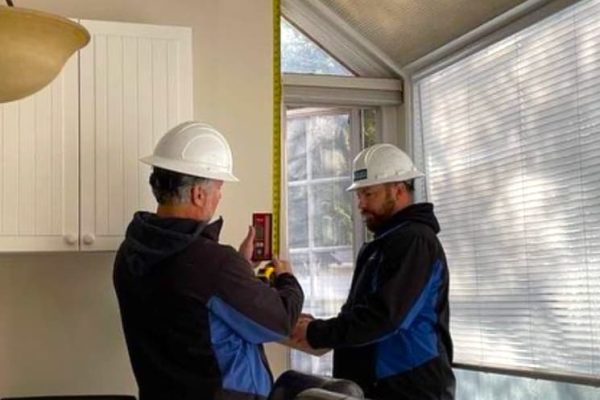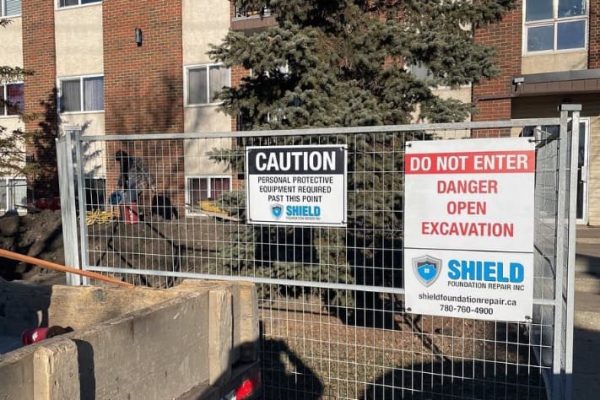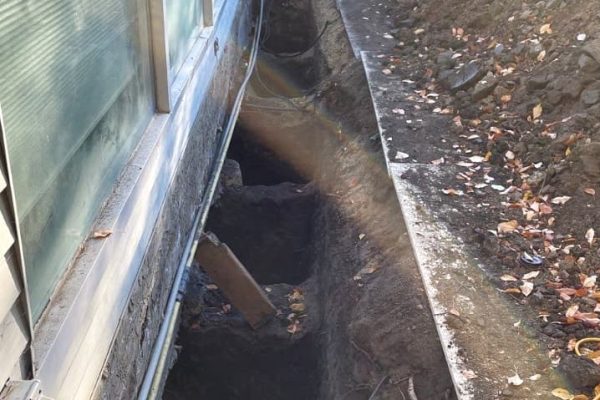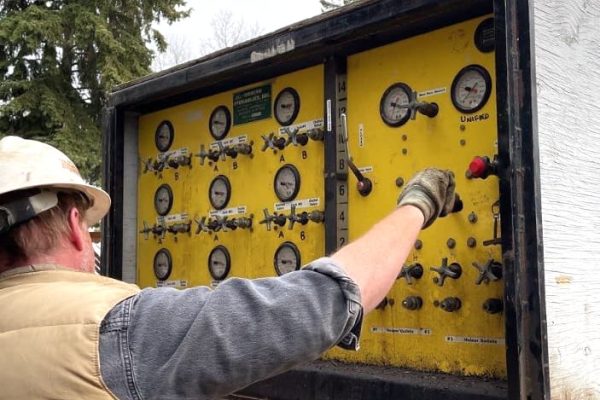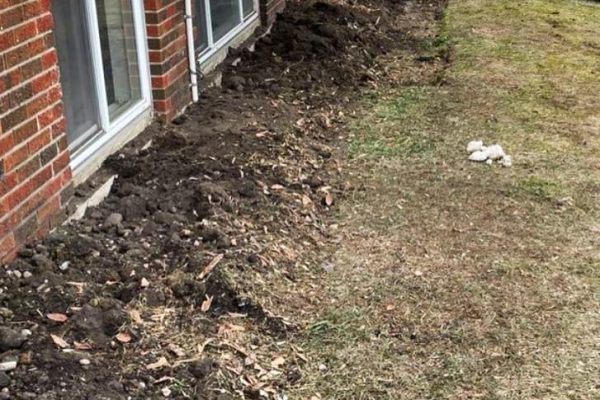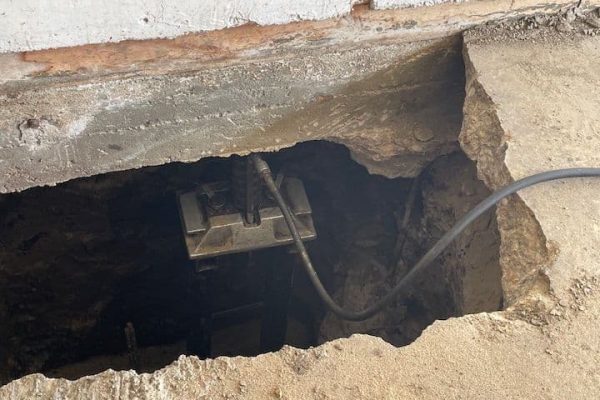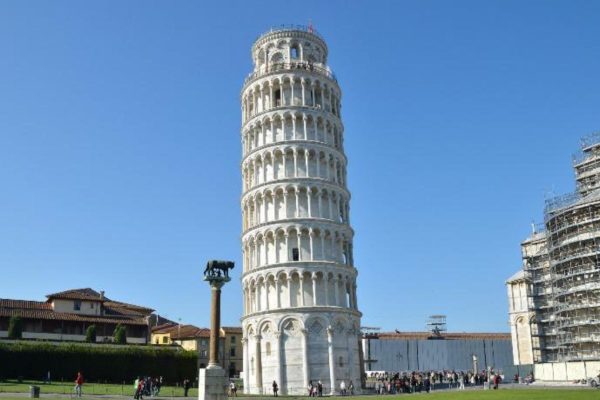Underpinning Services in Edmonton
Reinforce What Matters Most — Your Home’s Foundation
Foundation issues aren’t always about the concrete—they’re often about the ground underneath it. If your home is showing signs of shifting, sinking, or stress, underpinning may be the right solution.
At Shield Foundation Repair, we use proven techniques to transfer your home’s weight to stable soil deep below the surface. The result? A safer, stronger foundation and long-term peace of mind.
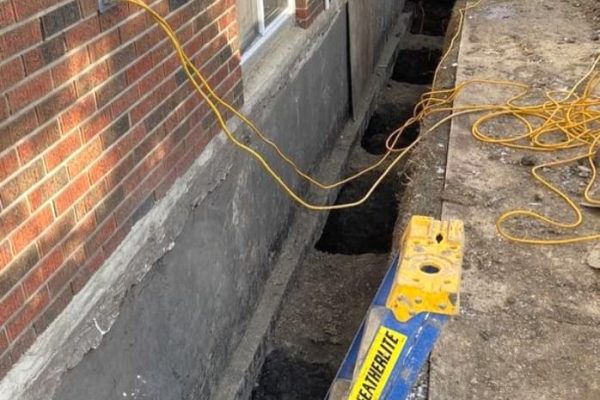
House settlement and how it is corrected.
What Is Underpinning?
Underpinning is the process of supporting or strengthening the foundation of an existing house, building or similar structure. It strengthens your home’s foundation by installing deep support piles that transfer the building’s weight to stronger soil layers.
It is usually required when the soil beneath your foundation can no longer support the structure, leading to movement, cracks, or uneven settling.
When Is Underpinning Necessary?
Underpinning is often required when soil conditions fail to provide adequate support. Common causes include:
- Expansive soil — Clay-rich soil that swells when wet and shrinks when dry, causing seasonal movement under the foundation.
- Poor soil compaction — If the ground wasn’t properly compacted during construction, it can settle unevenly over time.
- Soil erosion — Caused by poor drainage, this washes away key support layers.
- Soil creep — Slow, downward movement of soil on slopes, which puts lateral pressure on foundations.
- Renovations — Adding a second story or heavy addition without reinforcing the original foundation.
- Substandard construction — If the builder didn’t consider soil conditions when laying the original foundation.
Signs Your Home May Need Underpinning
You don’t need to be an expert to spot the red flags. Here’s what to look for:
- Windows or doors that suddenly stick or won’t close
- Uneven or sloping floors
- Cracks in floors, brickwork, or drywall
- Baseboards or crown molding separating from walls
- Chimneys or porches pulling away from the main structure
- Wallpaper tearing or bubbling (hiding cracks underneath)
Concerned about these signs?
Worried about cost? We offer Payment Plans
How We Fix It— Our Underpinning Systems
Screw Pile System
Helical screw piles are drilled beside your foundation and connected with brackets to lift and support the structure.
Best for: Moderate loads, fast installation, minimal disruption.
Concrete Friction Pile System
We drill 20–30 feet down, insert a steel rebar cage, and fill with concrete. Once cured, hydraulic jacks lift the home.
Best for: Heavier homes, deep soil instability, long-term durability.
Push Pile System
Steel piles are pushed into the ground until they hit load-bearing strata. Load capacity is verified during installation.
Best for: Homes with easier soil access, engineered precision support.
What Does Underpinning Cost?
Underpinning can be a significant investment—but the cost of ignoring foundation problems is usually higher. The only way to know if you need it, and what it will cost, is to book a professional inspection.
We’ll walk you through what’s going on, what your options are, and provide a transparent estimate with no pressure.
Why Choose Shield for Underpinning?
- Accreditation by the Better Business Bureau, Canadian Construction Association, and Alberta Construction Association.
- Shields Transferable Lifetime Warranty
- Fully licensed and bonded services.
- Locally owned and operated in Edmonton, Alberta.
Our happy homeowners speak for us
Hear from our customers firsthand about how Shield Foundation Repair restored their peace of mind and their homes’ structural integrity.
Our commitment to customer satisfaction sets the cornerstone of faith for homeowners in Edmonton and surrounding areas.








